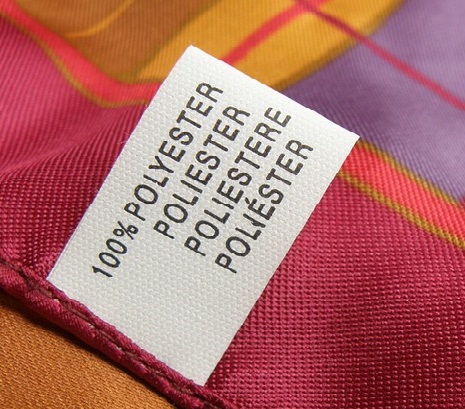KNIT MAGAZINE
Do you often hear the word polyester processed yarn? What is the difference from normal polyester?

- Post date:
- December 22, 2016 08:51
KNIT MAGAZINE


We translate with Google Translate. You can contact us if you have any question.

Hello, this is Sano!
After the big event in December, Japan Best Knit Selection, the atmosphere is finally at the end of the year.
At Japan Best Knit Selection, we announced the material of ultra water repellent finish, and we have received many inquiries since then!
Please see this blog about the ultra water repellent material.
It’s okay even on a rainy day! Water repellent knit that does not require a raincoat!
By the way, this ultra water repellent finish is mainly processed into polyester (other materials are also being tested!).
Have you ever heard conversations about polyester, such as “Because it’s high pressure, you have to dye it at this dyeing factory” or “It’s okay because it’s processed yarn!”
This time, I will talk about the technical terms that fly to this polyester.
Table of Contents
・ Polyester dyeing conditions
・ What are processed yarns and cations?
・ summary
Polyester is an important material that is indispensable for the fancy yarns we handle, such as its lightness and ease of washing.
But did you know that polyester is actually difficult to dye?
To put it simply, dyeing is done at a temperature of 130 ° C or higher using a disperse dye.
Normally, even if you boil in hot water, the temperature will only rise to 100 ° C, so a special dyeing kettle is required to raise the temperature to 130 ° C.
We call this a high pressure kettle.
There are special high-pressure kettles for both cheese and skein, but the reality is that the number of dyeing factories equipped with this high-pressure kettle is decreasing.
Also, it is better to use 100% polyester material, but for example, if you dye a blended yarn with wool or a twisted yarn under the high pressure and high temperature conditions,
It may also spoil the texture of the wool side.
I’ve talked about some disadvantages, but in other words, dyeing polyester requires a special dyeing kettle and is not easy.
Then, is it not always forced to dye in a high-pressure kettle?
As I mentioned at the beginning, have you ever heard the words “processed yarn” and “cation” when dealing with polyester materials?
What this means is that it is a polyester that makes it possible to “process polyester that cannot be dyed unless it is heated to 130 ° C so that it can be dyed at 100 ° C or lower” and “dye it with a cationic dye”. Say.
It seems that there are several types of dyes (among the cationic dyes) that process polyester so that it can be dyed below 100 ° C.
I think that many of the knit materials we handle use cationic dyes.
To be precise, this processed polyester is called normal pressure cationic dyed yarn.
Then, what kind of dye is a cationic dye, which is the processing method that enables polyester to be dyed at 100 ° C or lower?
I did a lot of research, but it was too chemical for me to understand … I’m sorry.
I couldn’t explain the important points well, but …
What I wanted to tell you this time is to know whether the polyester you are using is dyed only at high pressure or is it a processed yarn that can be dyed at 100 ° C or lower.
It will give you an opportunity to think about design, color variations, and productivity! !! That is.
By the way, if you ask the thread shop that sells the polyester, you can immediately answer whether it is a processed yarn or not.
Please listen to it at the time of presentation or at the stage of planning.
See you next time! ^^
Subscribe Now
To receive the latest updates and insights, subscribe to our newsletter.
Contact Us
For further inquiries regarding this article, please feel free to contact us.